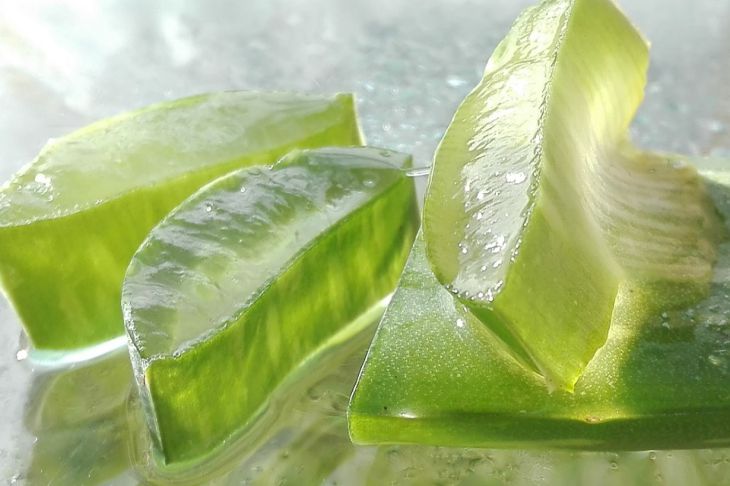Why do aloe leaf tips turn yellow and how to easily help the plant – secrets revealed
One of the most common problems that aloe owners face is yellowing leaf tips.
Sometimes this is where things stop, but there are situations when yellow tips are just the beginning of serious problems.
In some cases, it comes to the death of the plant. To prevent this from happening, you should help your "green friend" in time. It is easy to do. You just need to provide proper care.
Overwatering
Since aloe is a succulent, it reacts painfully to overwatering. The roots begin to rot, the leaves do not receive enough water and nutrition. The first sign of deficiency is yellow tips.
Avoiding the problem is easy. Just water the plant correctly.

In winter, watering is carried out after the soil ball has completely dried out, since the aloe is in a dormant state. In summer, watering should be done more often, but not earlier than the soil in the pot has dried out halfway.
Drought
Having learned that overwatering is dangerous for aloe, some gardeners go to the other extreme - they reduce watering to a minimum.
Succulents are really drought tolerant and can go for months without water.
But you hardly keep a flowerpot on the windowsill just for its survival. Decorative qualities also play an important role. And during drought, the plant uses the water accumulated in the leaves. And its outflow begins precisely from the tips of the leaves, as a result of which they turn yellow, then dry out.
Top dressing
The same rules apply to fertilizing as to watering. If there is a lack of nutrition, the plant consumes reserves from the leaves.
If there is an excess, the soil becomes salinized, which causes growth to stop, as the soil becomes unsuitable for normal root function.
Dry rot
Dry rot begins with yellowing of the leaf tips and quickly spreads along the leaf. It dries out and curls up. The disease leads to the death of the plant. The only thing that can be done is to root a healthy shoot or top as quickly as possible before the disease reaches them.
Violation of the light regime
Pale leaves with yellowing tips are often observed in winter, when there is little sun. But there is another problem - aloe is on a sunny windowsill or is taken outside in the spring. Yes, in its natural environment, this plant lives under the scorching sun, but indoor specimens have become unaccustomed to such lighting. They, like any indoor flower, get sunburn, and the leaves turn yellow.
Avoid these mistakes in care, and the plant will delight you with beautiful green leaves.
